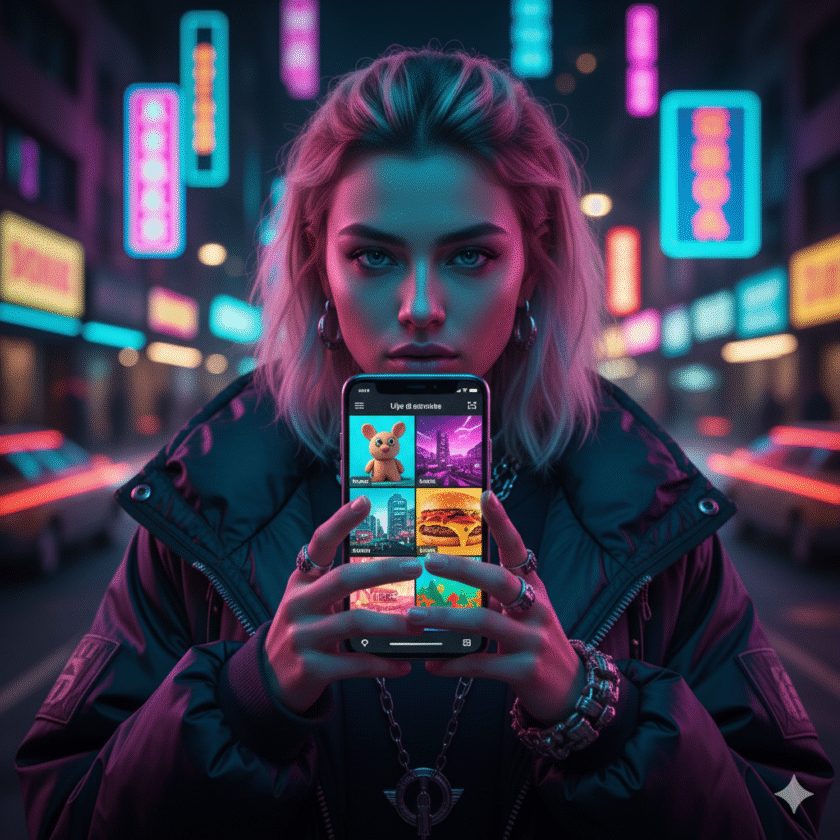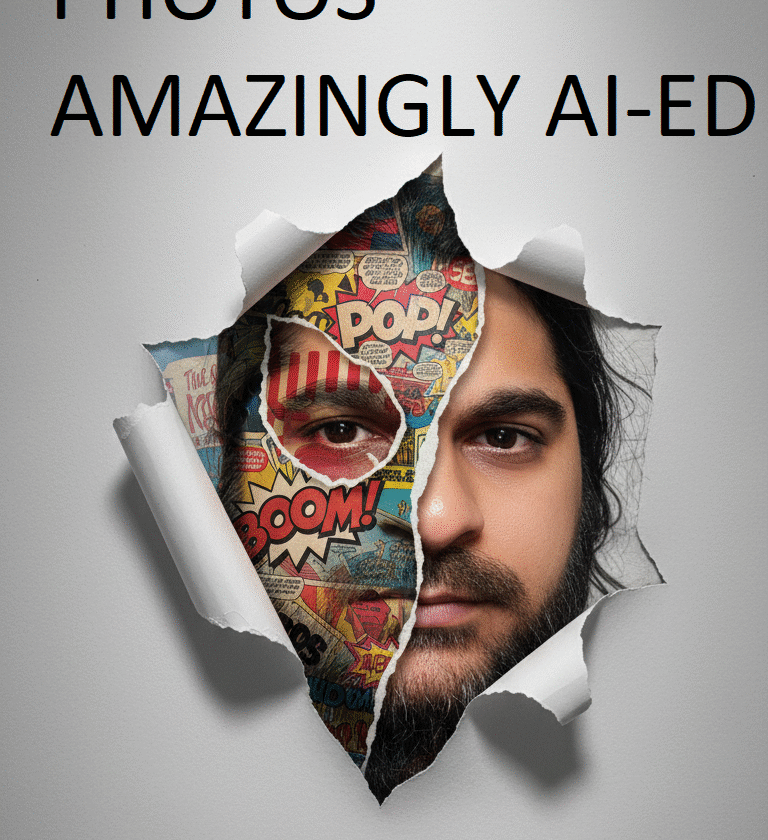In the rapidly evolving landscape of artificial intelligence, creativity is no longer the sole domain of human minds. AI-powered tools are revolutionizing how we brainstorm, design, and even write. Among the most impactful innovations are **AI prompt generators**, tools designed to spark imagination and guide AI models in creating stunning, relevant, and compelling outputs. Whether you’re a digital artist, a content creator, a marketer, or a developer, understanding and utilizing these generators can significantly amplify your productivity and creative potential.
What is an AI Prompt Generator?
At its core, an AI prompt generator is a specialized tool or algorithm that takes a basic idea, keywords, or a theme and expands it into a detailed, structured prompt. This elaborated prompt is then fed into another AI model, such as a text-to-image generator (like Midjourney, DALL-E, Stable Diffusion) or a large language model (like GPT-4, Gemini), to produce a desired output. Think of it as a creative assistant that helps you translate a vague concept into a clear, actionable directive for an AI.
The beauty of these generators lies in their ability to overcome “blank page syndrome.” Instead of struggling to articulate the perfect prompt, you provide a starting point, and the generator suggests intricate details, styles, artistic mediums, moods, and even camera angles or lighting, transforming a simple idea like “a cat” into “A whimsical cat, wearing a tiny crown, sitting on a stack of ancient books in a dimly lit, enchanted library, volumetric lighting, hyperrealistic, 8k, fantasy art.”
Why Are AI Prompt Generators Indispensable?
- Overcome Creative Blocks: When inspiration wanes, a generator can provide fresh perspectives and innovative ideas you might not have considered.
- Enhance Output Quality: More detailed and well-structured prompts lead to higher-quality, more specific, and more impressive AI-generated content.
- Save Time: Crafting intricate prompts manually can be time-consuming. Generators automate this process, allowing you to focus on refining the core concept.
- Democratize AI Creation: They lower the barrier to entry for individuals who are not experts in prompt engineering, making advanced AI capabilities accessible to everyone.
- Explore New Styles: Many generators include options to explore different artistic styles, genres, and aesthetic filters, opening up new creative avenues.
How AI Prompt Generators Work (The Underlying Magic)
While specific implementations vary, most AI prompt generators operate on principles derived from natural language processing (NLP) and machine learning. They are often trained on vast datasets of existing prompts, artistic descriptions, literary works, and metadata associated with images or texts. When you input your initial idea, the generator:
- Identifies Key Concepts: It breaks down your input into core entities and themes.
- Suggests Attributes: Based on its training, it suggests relevant adjectives, verbs, and stylistic elements.
- Applies Contextual Knowledge: If you mention “fantasy,” it might suggest elements like “magic,” “dragons,” “castles,” or “enchanted forests.”
- Structures the Prompt: It arranges these elements into a coherent and effective prompt structure, often including negative prompts (what you *don’t* want) for better control.
- Offers Variations: Many provide multiple suggestions or allow you to tweak parameters to generate diverse results.
Key Features to Look for in an AI Prompt Generator
When choosing an AI prompt generator, consider these features to maximize its utility:
- Customization Options: The ability to specify styles (photorealistic, anime, oil painting), artists, moods (calm, chaotic), lighting, and camera angles.
- Keyword Expansion: How effectively it expands simple keywords into rich descriptive phrases.
- Negative Prompt Generation: Suggesting elements to exclude for cleaner, more focused outputs.
- Integration with AI Models: Some generators are tailored for specific AI art tools (e.g., Midjourney, DALL-E, Stable Diffusion), offering optimized suggestions.
- Ease of Use: An intuitive interface that makes prompt creation straightforward.
- Variety of Outputs: Does it provide diverse suggestions, or are they often too similar?
- Community Features: Access to shared prompts or examples from other users can be incredibly inspiring.
Popular AI Prompt Generator Tools and Platforms
The market is rich with excellent AI prompt generator tools, each with its unique strengths:
- PromptBase: Not strictly a generator, but a marketplace for buying and selling high-quality prompts, offering inspiration and ready-to-use solutions.
- Phraser: A versatile tool for generating prompts across various AI art models, offering extensive customization.
- Lexica.art: Primarily a search engine for Stable Diffusion prompts and images, it serves as an excellent source of inspiration for crafting your own.
- Artbreeder: While known for image mixing and evolution, its interface can also inspire unique prompt ideas.
- Hugging Face’s Prompt Engineering tools: For those who prefer a more technical approach, platforms like Hugging Face offer various prompt engineering libraries and tools.
When selecting a tool, consider the AI model you primarily use, your budget (many offer free tiers with premium features), and the specific type of content you aim to create.
Best Practices for Using AI Prompt Generators
To get the most out of these powerful tools, follow these best practices:
- Start with a Clear Idea: Even if it’s simple, have a foundational concept in mind. “A futuristic city” is better than nothing.
- Iterate and Refine: Don’t settle for the first generated prompt. Tweak keywords, add or remove elements, and experiment with different styles.
- Understand Your Target AI: Different AI models interpret prompts differently. Learn the nuances of your preferred AI (e.g., Midjourney’s emphasis on aesthetic coherence, Stable Diffusion’s flexibility).
- Utilize Negative Prompts: Actively specify what you *don’t* want to see in the output to avoid common artifacts or undesired elements.
- Experiment with Weighting: Some AI models allow you to assign weights to different parts of your prompt, giving more emphasis to certain elements.
- Learn from Others: Study prompts that produced amazing results on platforms like Lexica.art or Pinterest to understand effective prompt construction.
- Stay Updated: AI technology evolves rapidly. Keep an eye on new features, models, and prompt engineering techniques.
The Future of AI Prompt Generation
The field of AI prompt generation is still in its nascent stages, yet its trajectory is incredibly promising. We can anticipate:
- More Intuitive Interfaces: Generators that understand natural language even better, allowing for more conversational prompt creation.
- Personalized Prompt Suggestions: Tools that learn your style and preferences over time, offering increasingly tailored recommendations.
- Multi-modal Prompting: Generating prompts that seamlessly integrate text, image, and even audio inputs for richer AI outputs.
- Advanced Control Mechanisms: Finer control over every aspect of the AI output, moving beyond simple text descriptions.
- Integration into Creative Suites: Expect AI prompt generators to become standard features within design software, writing tools, and development environments.
AI prompt generators are not just tools; they are gateways to unprecedented creative exploration. They empower individuals and teams to push the boundaries of what’s possible with artificial intelligence, transforming abstract ideas into tangible, awe-inspiring creations. By embracing these generators and understanding their capabilities, you can unlock a new era of artistic and content creation, making your imagination limitless.


